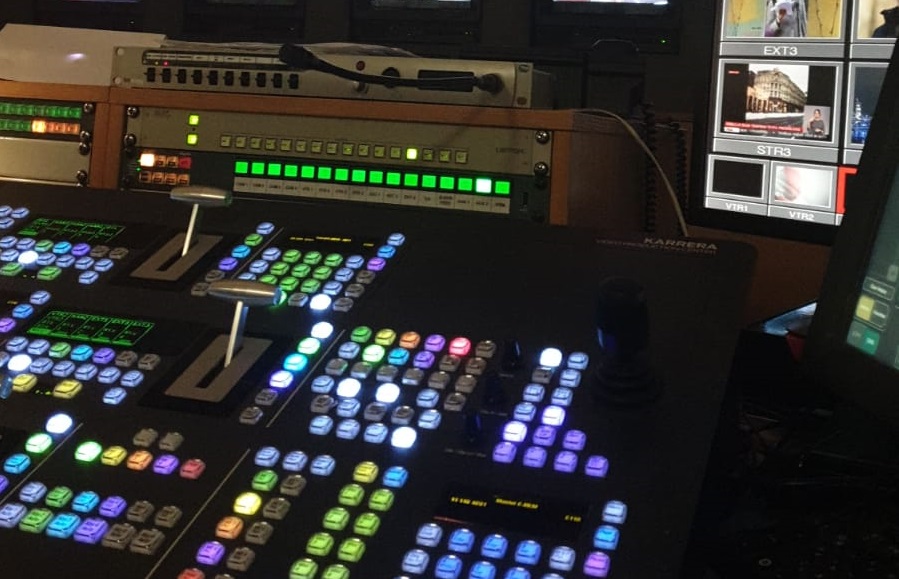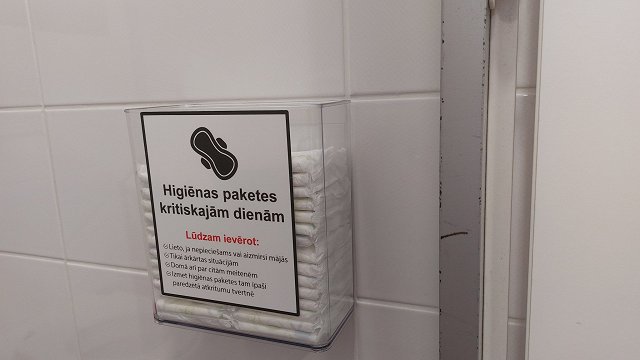Starting April 6, the two channels will broadcast programs for students in grades 1-4, and from April 14 - for students in grades 5 and 6. Later on, content could also be generated for students in grades 9-12, reported the LETA newswire.
The minister believes such channels will help junior students feel as if they are in a classroom as well as diversify and facilitate planning of classes and homework for teachers. They will also give parents some support as children will be learning via TV, therefore other family members would have a chance to use computers or other smart devices currently used for distance schooling.
Approximately EUR 360,000 will be spent on the project during the next two months. Half of the funding will go to teachers who will produce original content, said Suplinska.
When asked how exactly the classes will take place, Suplinska explained that the structure of the channel would be similar to the school schedule. Each day will begin with an introduction to tell the students what they will be doing on that particular day. One lesson will continue for 20 minutes.
According to the minister, the emphasis will be on mathematics, Latvian language, foreign languages, art and IT. The channel will also focus on informal education, meaning children will be able to play sports, dance together, remember the repertoire of song and dance festivals, and learn new skills.
Children will also have the opportunity to learn minority languages, such as Belorussian, Estonian, Lithuanian, Polish and others.
The minister said that the educational channels would also be available online.






















